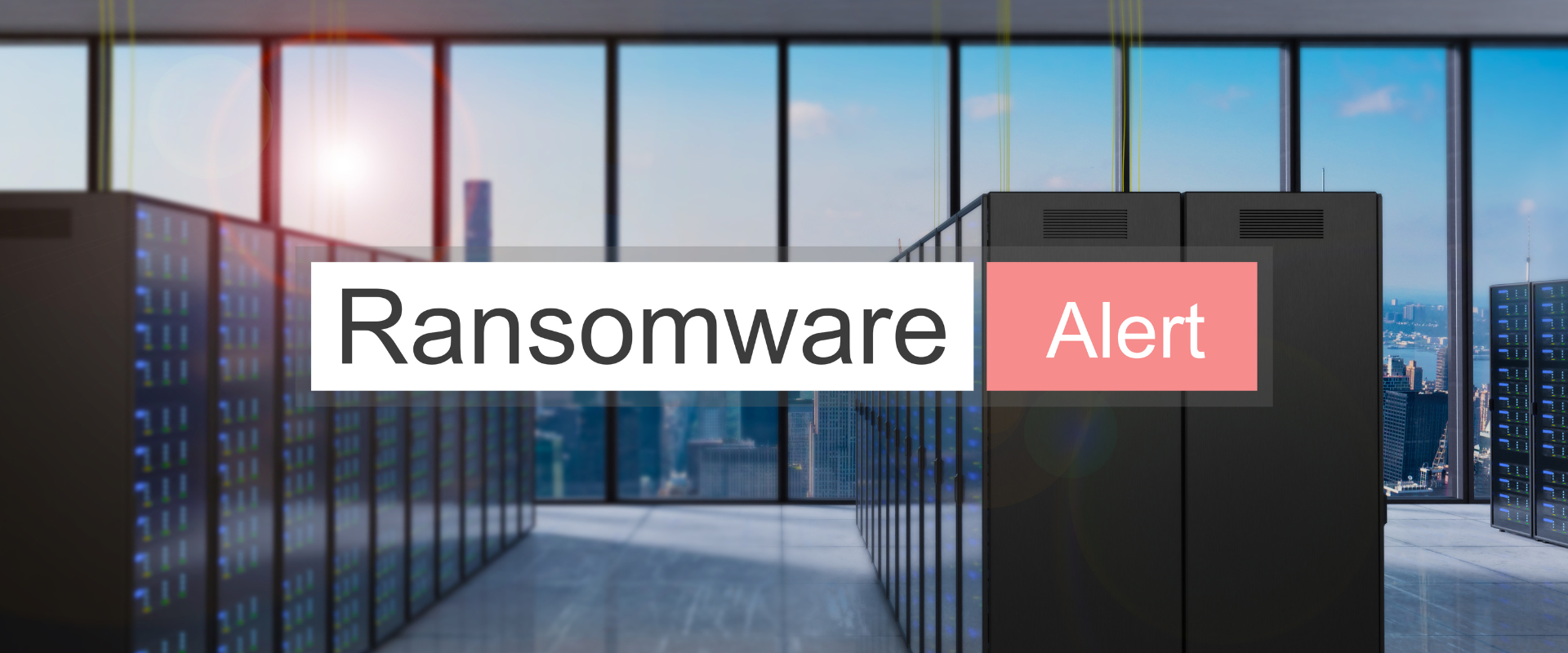
Cybersecurity in 2025: Key Trends and Goals for the Future
By, Webmaster
- 2 Jan, 2025
- 2.1k Views
As we approach 2025, the cybersecurity landscape is evolving rapidly, with new threats emerging alongside technological advancements. Organizations face an increasingly complex environment, where traditional security measures are no longer enough to protect against sophisticated cyberattacks. In this article, we will explore key cybersecurity trends to watch in 2025, along with proactive goals businesses should set to stay ahead of evolving threats.
1. The Rise of AI and Automation in Cyber Defense
As artificial intelligence (AI) and machine learning (ML) continue to advance, they are transforming cybersecurity from a reactive to a proactive discipline. In 2025, AI-driven security tools will play an even larger role in threat detection, prevention, and response. These tools will be able to analyze vast amounts of data in real-time, identify patterns, and automatically respond to threats faster than human teams could.
Goal for 2025: Implement AI-driven threat detection and response systems to enhance real-time monitoring, reduce response times, and automate routine security tasks, freeing up security teams to focus on more complex issues.
2. Cloud Security Will Be a Top Priority
The widespread adoption of cloud computing has made it a target for cybercriminals. As businesses continue to migrate to cloud-based systems, protecting these environments will be critical. By 2025, cloud security solutions will evolve to address the growing demand for secure, scalable, and agile systems. Cloud providers will offer more advanced encryption and multi-factor authentication (MFA) capabilities to safeguard data.
Goal for 2025: Ensure all cloud systems are fully encrypted, implement advanced access controls, and utilize cloud-native security tools to protect against threats and ensure compliance with regulatory requirements.
3. The Emergence of Quantum Computing and its Impact on Encryption
Quantum computing is no longer a far-off concept. By 2025, quantum computing will begin to challenge traditional encryption methods, particularly with the ability to break widely used algorithms like RSA encryption. Organizations will need to start preparing for this shift by adopting quantum-resistant encryption algorithms and securing data with post-quantum cryptographic systems.
Goal for 2025: Begin the transition to quantum-resistant encryption technologies to future-proof your organization’s data security against the arrival of quantum computing.
4. Securing the Internet of Things (IoT) Ecosystem
The Internet of Things (IoT) continues to expand, with more connected devices being deployed in homes and businesses every year. By 2025, IoT devices will play a more significant role in everyday operations, but this growth also means more entry points for attackers. Many IoT devices remain vulnerable due to weak security measures, making them prime targets for cybercriminals.
Goal for 2025: Strengthen IoT security by implementing robust device authentication protocols, regularly patching software vulnerabilities, and ensuring network segmentation to limit the potential damage of an attack.
5. Insider Threats Will Require Ongoing Attention
Despite the growing focus on external cyber threats, insider threats remain a significant concern for organizations. Whether due to malicious intent or human error, employees can be a weak link in an organization’s security chain. In 2025, companies will need to adopt more comprehensive strategies to monitor, detect, and prevent insider threats, including the use of behavior analytics and continuous monitoring.
Goal for 2025: Implement advanced monitoring tools to detect unusual internal activities, enforce strict access controls, and provide regular cybersecurity training to employees to mitigate the risk of insider threats.
6. Focus on Data Privacy and Compliance
Data privacy will continue to be a critical issue in 2025, especially with the growing number of data protection regulations being enacted worldwide. As businesses collect and store more personal and sensitive data, ensuring compliance with laws such as the GDPR, CCPA, and others will require more sophisticated data privacy measures. Organizations must stay ahead of regulatory changes and implement effective privacy policies.
Goal for 2025: Strengthen data privacy practices by adopting privacy-by-design principles, implementing regular data audits, and staying up to date with global regulations to ensure compliance and protect sensitive information.
7. Cybersecurity Skills Shortage: A Growing Concern
The shortage of skilled cybersecurity professionals remains a significant challenge for businesses worldwide. As cyber threats become more advanced, organizations will need to invest in cybersecurity training, workforce development, and automation to mitigate the gap. By 2025, businesses must prioritize building a skilled cybersecurity workforce to protect their networks and data.
Goal for 2025: Invest in cybersecurity training programs for existing employees, partner with educational institutions to create pipelines for future cybersecurity talent, and explore automation to reduce reliance on manual processes.
8. Increasing Threats from Nation-State Actors
Nation-state actors are becoming increasingly active in cyber warfare, using advanced tactics to steal sensitive information, disrupt operations, and engage in espionage. By 2025, these threats will continue to escalate, making it essential for businesses to protect their critical infrastructure from state-sponsored attacks.
Goal for 2025: Strengthen defenses against advanced persistent threats (APTs) by adopting a multi-layered security approach, implementing advanced intrusion detection systems (IDS), and conducting regular threat simulations to prepare for state-sponsored cyberattacks.
Conclusion: Cybersecurity Goals for 2025 and Beyond
As the cybersecurity landscape evolves, businesses must stay ahead of emerging threats by adopting cutting-edge technologies, improving security protocols, and continuously educating employees. By setting clear cybersecurity goals for 2025, organizations can build a more resilient security infrastructure, protect sensitive data, and safeguard their operations against an increasingly sophisticated threat environment.
We hope you found this article insightful. If you have any questions or would like to learn more about preparing your business for the cybersecurity challenges of 2025, feel free to reach out!
Recent Posts
- The Growing Threat of Distributed Denial-of-Service (DDoS) Attacks: How to Protect Your Organization from DDoS Threats
- Zero Trust: The Key to Safeguarding Your Digital Assets
- The Evolution of Ransomware: How to Prepare for the Future of Cyber Extortion
- The Rise of AI-Powered Phishing Attacks: How to Safeguard Your Business
- The Growing Threat of Insider Threats in Cybersecurity: How to Protect Your Business
Category
- Cyber Security (67)
- Vulnerability Assessment (51)







